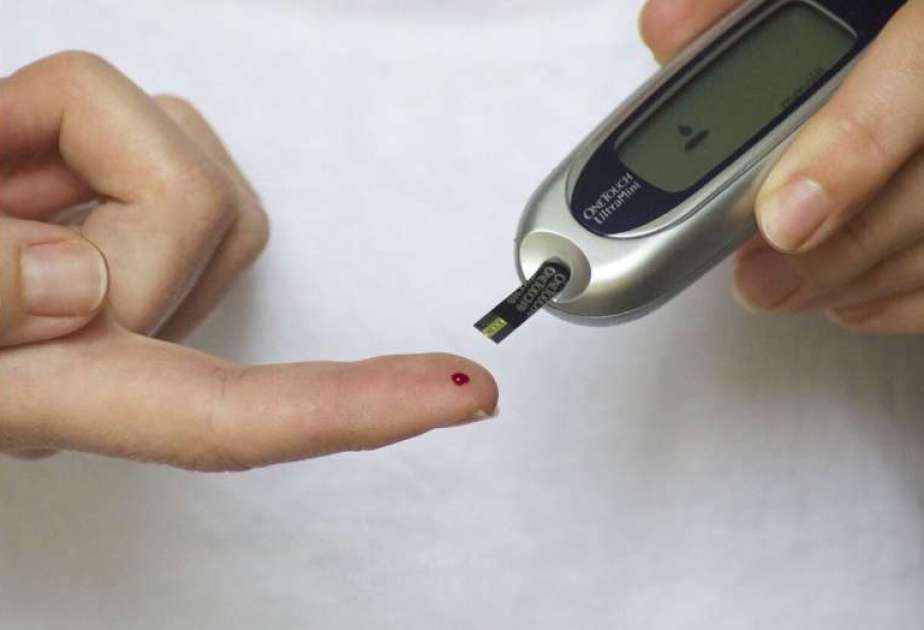Adrenomedullin (ADM) inhibits endothelial insulin signaling, contributing to obesity-associated insulin resistance, according to research conducted by the Max Planck Institute for Heart and Lung Research in Germany, according to Medical Express.
Findings suggest that elevated plasma levels of ADM impair insulin receptor function in endothelial cells, leading to reduced vascular insulin delivery and systemic insulin resistance.
Obesity is a major risk factor for type 2 diabetes, with insulin resistance playing a central role in disease progression. Insulin's metabolic actions depend on its transport through the endothelium, where it increases blood flow and facilitates nutrient uptake in target tissues. Endothelial insulin resistance, previously linked to obesity, remains incompletely understood.
In the study, "Endothelial insulin resistance induced by ADM mediates obesity-associated diabetes," published in Science, researchers examined the role of ADM, a peptide hormone with increased plasma levels in obese humans and mice.
Plasma ADM levels correlated with obesity and type 2 diabetes in both humans and mice. Using human endothelial cells, they found that ADM inhibited insulin receptor phosphorylation via protein-tyrosine phosphatase 1B, reducing insulin signaling.
In vivo, researchers engineered endothelial-specific knockout mice—either lacking Gs (via Gas gene deletion) or the ADM receptor (CALCRL)—and challenged them with a high-fat diet.
While becoming obese, these knockout mice showed striking improvements in glucose tolerance and enhanced insulin signaling in skeletal muscle and adipose tissue.
Separate knockouts of ADM in adipocytes revealed that adipocytes are the main source of elevated plasma ADM in obese mice.
At the molecular level, ADM triggers Gs-coupled signaling that elevates cAMP and activates protein kinase A (PKA). PKA then phosphorylates PTP1B on serine 205, increasing the phosphatase's activity. This heightened phosphatase function dephosphorylates the insulin receptor on critical tyrosine residues, reducing insulin receptor signaling within endothelial cells.
High-resolution phosphoproteomic screens pinpointed serine 205 in PTP1B as the principal site phosphorylated by PKA. Mutating this site blocked ADM's ability to weaken insulin signaling, definitively establishing S205 phosphorylation as the switch for this process.
Complement factor H, also found at elevated levels in obesity, binds to ADM and further potentiates its receptor activation in endothelial cells, compounding the insulin-desensitizing effects.
Researchers also tested a pharmacological approach by administering an ADM receptor antagonist peptide, ADM(24-50), to obese, insulin-resistant mice. This treatment partially restored insulin sensitivity and glucose control, highlighting a potential therapeutic angle for obesity-associated metabolic dysfunction.
In parallel, patient data reveal similarly elevated ADM and complement factor H plasma levels that correlate with body mass index, strengthening the translational significance of these findings for human obesity-related insulin resistance.
The research identifies ADM-induced endothelial insulin resistance as a mechanism contributing to obesity-associated type 2 diabetes, representing a significant discovery in advancing in causal understanding of the disease.
Experimentation within the research further finds insulin resistance could be reversed when ADM signaling was blocked, suggesting potential therapeutic targets for obesity-related metabolic disorders.
















.png)



